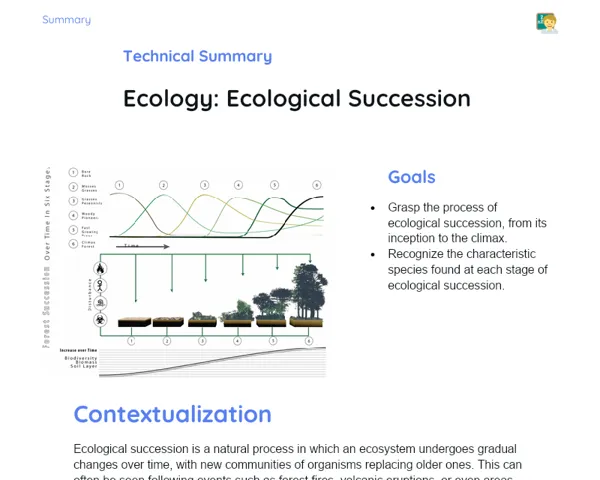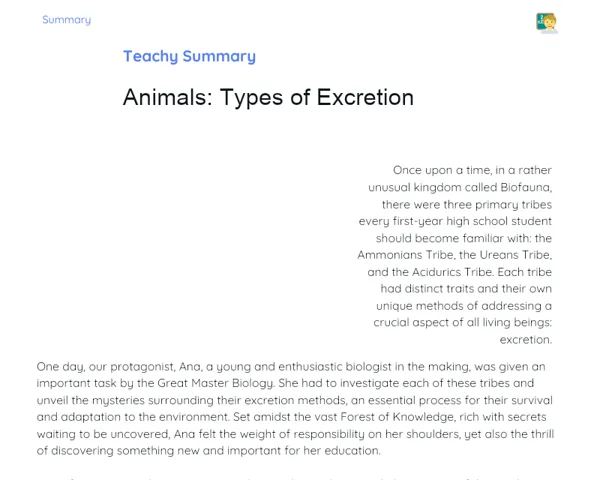Socioemotional Summary Conclusion
Goals
1. 🌟 Understand the essence of Mendel's Second Law and the independent segregation of alleles.
2. 🧩 Tackle practical problems using Mendel's Second Law.
3. 🤝 Foster socio-emotional skills like self-awareness and teamwork through group discussions and problem-solving in genetics.
Contextualization
🔬✨ Did you know that Mendel's Second Law extends beyond just peas? Imagine having the ability to forecast the inheritance of traits, such as eye colour or predisposition to certain health conditions, through scientific principles! The law of Independent Segregation sheds light on how traits are passed from one generation to the next autonomously, impacting genetics, healthcare, and even family planning. Let's embark on this enlightening genetic journey together!
Exercising Your Knowledge
Mendel's Second Law
Mendel's Second Law, also referred to as the Law of Independent Segregation, is a crucial principle in genetics that delineates how allele pairs segregate independently during gamete formation. In simple terms, this means that the inheritance of one trait does not influence the inheritance of another, paving the way for substantial genetic variability. This concept is vital for grasping how traits are inherited across generations and how diverse genetic combinations can surface.
-
🔬 Independent Segregation: Pairs of alleles segregate independently during gamete formation, enriching genetic diversity and variation in inherited traits.
-
🧬 Dihybrid Crosses: Mendel's investigations with sweet pea plants showcasing two pairs of traits yield a phenotypic ratio of 9:3:3:1. This approach illustrates how varied traits can be inherited independently.
-
🌱 Practical Applications: While Mendel's Second Law elucidates the inheritance of traits in peas, the implications stretch to other organisms, including humans. This understanding proves advantageous in areas like medicine and farming.
Alleles and Genotypes
Alleles are the diverse versions of a gene that exist at a particular location on a chromosome. The assortment of alleles that an individual possesses for a specific gene is referred to as a genotype. The configuration of these alleles determines the phenotype, or the observable traits of an organism. Grasping the relationship between alleles and genotypes is essential for foreseeing genetic inheritance patterns.
-
🔍 Alleles: Varied representations of the same gene that can lead to differences in inherited traits. For instance, alleles for eye colour can range from blue to brown.
-
🧬 Genotype: The specific combination of alleles held by an individual. A genotype can either be homozygous (two identical alleles) or heterozygous (two different alleles).
-
👀 Phenotype: The tangible representation of the genotype. The phenotype arises from the expression of alleles and can be influenced by environmental factors.
Dihybrid Crosses
Dihybrid crosses entail two pairs of different traits and are instrumental in examining the independent segregation of alleles. Through these crosses, Mendel observed that the inheritance of one trait does not alter the inheritance of another, reaffirming Mendel's Second Law. These crosses are invaluable for forecasting genetic combinations and comprehending genetic variability.
-
🔄 9:3:3:1 Ratio: Dihybrid crosses lead to a phenotypic ratio of 9:3:3:1, where each figure depicts a distinctive trait combination.
-
🌿 Sweet Peas: Mendel's experiments with sweet pea plants facilitated a clear view of inheritance patterns and the formulation of Mendel's Second Law.
-
📈 Genetic Prediction: Dihybrid crosses serve as robust tools for predicting prospective genetic combinations and understanding the inheritance of multiple traits.
Key Terms
-
Alleles: Different versions of the same gene.
-
Genotype: The combination of alleles of an individual.
-
Phenotype: The physical representation of the genotype.
-
Homozygous: An individual with two identical alleles for a gene.
-
Heterozygous: An individual with two different alleles for a gene.
-
Independent Segregation: The pattern where allele pairs segregate independently during gamete formation.
For Reflection
-
🤔 How might our understanding of Mendel's Second Law shape our decisions regarding our family’s health and wellness?
-
🧠 How can working together in groups during genetic problem-solving enhance our socio-emotional skills, such as empathy and effective communication?
-
🌍 What ethical and societal considerations arise from using genetics to foresee and adjust traits in humans? How can we responsibly tackle these challenges?
Important Conclusions
-
📚 Mendel's Second Law is key to understanding the independent inheritance of genetic traits, augmenting genetic diversity.
-
🔬 Dihybrid crosses serve as valuable instruments for predicting genetic combinations, akin to Mendel's research with sweet pea plants.
-
🧬 Comprehending concepts like alleles, genotypes, and phenotypes is crucial for unraveling the intricacies of genetic inheritance and its practical applications, from healthcare to agriculture.
Impacts on Society
🌐 Impact on Society: Mendel's Second Law significantly affects contemporary society. In healthcare, for instance, it is utilized to grasp how genetic disorders can be inherited and the likelihood of passing a genetic condition to future generations. This assists in early diagnosis and preventive measures, while also helping individuals gain insights into their health and informed choices regarding family genetics.
🤝 Emotional Connection: On social and emotional levels, a grasp of genetics can cultivate empathy and appreciation for individual differences. By acknowledging that physical traits and genetic predispositions arise randomly and autonomously, people can nurture acceptance and value diversity in their surroundings. This enhances recognition of each individual's significance within society and underscores the necessity for responsible and ethical decisions pertaining to genetic modifications.
Dealing with Emotions
✍️ Dealing with Emotions: At home, consider this exercise: take a quiet moment to reflect on the emotions you experienced while learning about Mendel's Second Law. First, acknowledge feelings like curiosity, frustration, or satisfaction. Then, seek to understand the reasons behind these emotions – what triggered them? Next, name these emotions precisely. Communicate these feelings productively, whether through writing, discussing with someone, or even illustrating your insights. Lastly, regulate your emotions by transforming them into constructive actions, such as setting small study goals or exploring new methods to comprehend the material.
Study Tips
-
📘 Organize Your Time: Divide your study of Mendel's Second Law into manageable parts and dedicate a little time each day. This approach helps you absorb the content better without feeling overwhelmed.
-
📝 Create Summaries: Develop your summaries and visual aids for dihybrid crosses. Utilizing different colours to emphasize key points can enhance understanding.
-
🤔 Group Discussions: Plan group sessions to collaboratively tackle genetic problems. Discussing solutions as a team can clarify doubts and deepen comprehension of the concepts.



